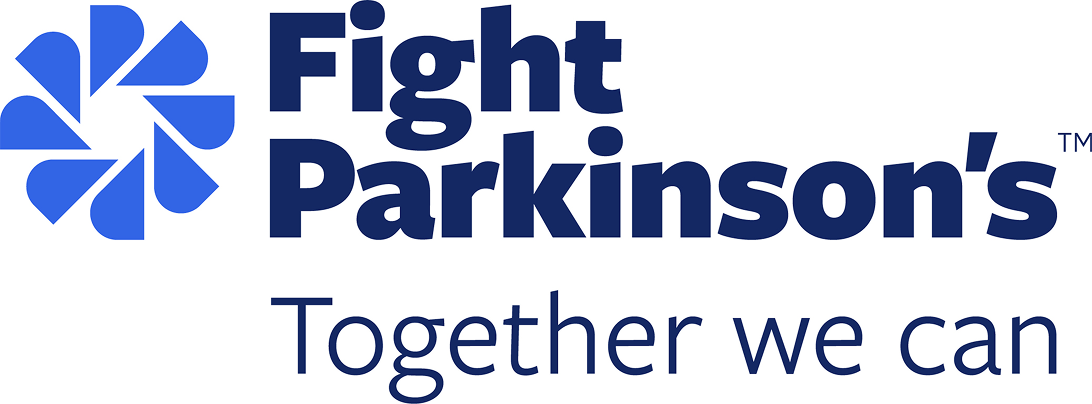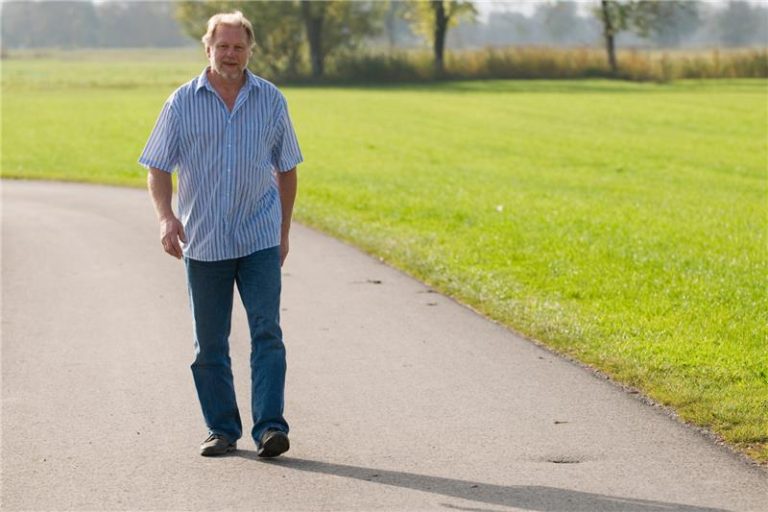
Dr Kishore Kumar spoke on the clinical considerations of Young Onset Parkinson’s at Fight Parkinson’s 2025 Research Symposium. His presentation was followed by a discussion on lived experience of Young Onset Parkinson’s with Sheenagh Bottrell and Parkinson’s nurse Victor McConvey.
What age is young – a very important question
The definition of Young or Early Onset Parkinson’s has always been broad, and previously there had not been internationally accepted parameters for these terms.
This created difficulties when looking at cross-country collaborations for research and development projects.
Dr Kumar explains that without clear parameters for this group of people living with Parkinson’s, researchers are faced with ongoing barriers. This can impact comparison of studies around the world and reduce access to funding.
Working as a member of the Movement Disorder Society Task Force on Early Onset Parkinson’s Disease, Dr Kumar was part of the team that determined the recommendation for the cut off age for Young Onset Parkinson’s to be 50 years old for scientific purposes.
Dr Kumar said setting an international standard is important in advancing research.
“If you don’t have a consensus, the definitions are arbitrary because you can’t compare apples with apples, you can’t do research across different groups or compare data very easily,” Dr Kumar said.
Previously, different jurisdictions had reported the maximum age for Young Onset Parkinson’s as anywhere between 40 and 60 years old.
The taskforce also moved to use the terminology ‘Early Onset Parkinson’s’ rather than ‘Young Onset Parkinson’s’ scientifically, which drew mixed feedback from those with lived experience.
Genetic impacts on Young Onset Parkinson’s
Defining clear population groups is essential for good research, such as ongoing studies into differences in genetic markers between people developing Parkinson’s at a younger age compared to those who develop the condition later in life.
Dr Kumar outlined two key Parkinson’s disease genes – the PRKN and PINK1 genes – that are commonly found in individuals diagnosed with Young Onset Parkinson’s.
Such research is incredibly beneficial for individuals who undergo genetic testing, with specialists able to identify genetic contributors to a Parkinson’s diagnosis. Dr Kumar said this knowledge can improve and assist in tailoring treatment for individuals.
Alongside creating age parameters, the taskforce also looked to identify the unique challenges and unmet needs of individuals with Young Onset Parkinson’s.
Why focus on a small subset of diagnosis
It’s estimated that only 3 to 7 per cent of those diagnosed with Parkinson’s receive their diagnosis before the age of 50.
However, Dr Kumar explained research into Early or Young Onset Parkinson’s will benefit everyone affected by the condition.
“Why should we pay a lot of attention to it? I think, because although it only represents a small fraction of the population, it can tell us a lot about the science of Parkinson’s disease,” he said.
“The other factor is that these patients will face unique challenges, and we should be spending additional resources to try and help them deal with these unique challenges.”
Dr Kumar said investing in research in those diagnosed early could help lead to a greater understanding of Parkinson’s, and in turn also assist those who develop the condition at an older age.
Limitations of the taskforce identifications
During their discussion, Victor and Sheenagh reflected on the pros and cons of the outcomes from The Movement Disorder Society’s taskforce.
While acknowledging the benefits of providing a foundation for future and ongoing research, they said the designation of 50 years old as the cut off age can be misaligned with societal views.
In Australia, working age is up to 65 and people can access the NDIS until this age too, adding to the social norm that someone is ‘young’ (as opposed to old) until then.
Victor – who was also part of the Taskforce – also identified feedback from the local Parkinson’s community, who were vocal in wanting the word ‘young’ in the name preferably to ‘early’.
The cohort told researchers they feel and identify with the term young, and wanted it included.
This was an essential learning opportunity for the Society on the importance of speaking with those they were talking about.
As they continue to champion clinical developments for those living with Parkinson’s, they also are open to ongoing feedback and involvement from the community.



